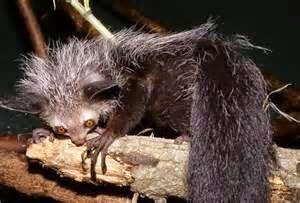We watched a video that two Squirrels were squeaking or "talking" to each other. We also watched a video with Squirrels doing lots of funny things. The kids really enjoyed this.

This will be our last animal class. The 7th will be the zoo trip, the next week the kids want to participate in the cardboard city activity and the following week is Field Day.


